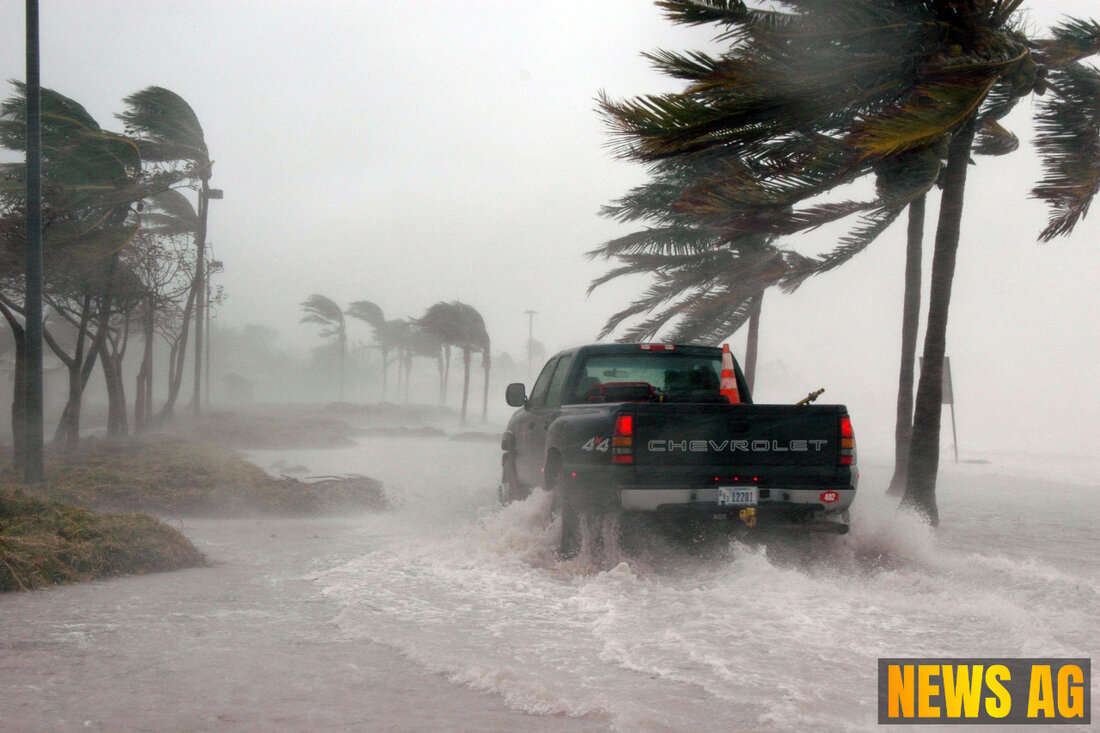$675 Million Federal Boost to Help Florida Farmers Bounce Back!
USDA allocates $675M to aid Florida farmers recovering from hurricanes and citrus diseases, featuring significant agricultural impact.

$675 Million Federal Boost to Help Florida Farmers Bounce Back!
In a significant move to aid Florida’s struggling agricultural sector, U.S. Secretary of Agriculture Brooke Rollins has announced a substantial $675 million federal block grant. This funding, unveiled at a citrus grove in Hendry County on July 21, aims to help farmers recover from back-to-back hurricane seasons, severe crop losses, and persistent citrus diseases. The initiative is part of the American Relief Act of 2025 and will be managed by the Florida Department of Agriculture and Consumer Services.
Rollins emphasized that this funding addresses critical issues in disaster-declared counties, from crop damage and infrastructure loss to market disruptions and citrus-specific challenges, including the notorious greening disease. Florida Agriculture Commissioner Wilton Simpson, meanwhile, painted a grim picture, reporting over $3 billion in losses since 2023 due to Hurricanes Idalia, Debby, Helene, and Milton. Notably, a University of Florida report projected nearly $1 billion in crop losses for 2024 alone, underscoring the long-lasting impacts of these natural disasters on Florida’s agricultural landscape.
Hurricane Milton’s Toll
To contextualize these staggering losses, a recent UF/IFAS Economic Impact Analysis has estimated agricultural production losses from Hurricane Milton to range between $190.4 million and $642.7 million. This storm made landfall on October 9 near Siesta Key, wreaking havoc with its Category 3 winds and causing significant tornado activity in the days that followed. Hurricane Milton affected more than 5.7 million acres of agricultural land, which typically produces $8.6 billion worth of agricultural products annually.
For comparison, Hurricane Debby, a lesser Category 1 storm, impacted only 2.2 million acres and brought about $170 million in production losses. In fact, Milton’s impact was significantly worse than that of Hurricane Helene, which, despite being a Category 4 storm, caused production losses between $40.3 million and $162.2 million.
The Scope of Impact
The extent of Hurricane Milton’s damage is mind-boggling. Around 68% of the affected land is utilized for animal grazing, demonstrating the breadth of the storm’s impact on livestock production. Preliminary estimates indicate heavy losses across various commodity groups, including:
- Vegetables, melons, and potatoes: Low estimates at $52.5 million and high estimates at $233 million.
- Greenhouse, nursery: $66.9 million (low); $177 million (high).
- Animals and animal products: $29.4 million (low); $86.5 million (high).
Such severe wind and flooding have hit vegetables, melons, and potatoes particularly hard, while nursery operations faced losses primarily due to the destruction of structures and power outages. Animal operations were not spared, with losses driven by stressed or deceased livestock as well as damage to fencing and diminished feed quality.
A Path Forward
As the recovery process begins with the federal grant, producers express mixed feelings. Some have delayed the planting of winter crops due to ongoing storm effects, which could have ripple effects on future harvests. The continued collection of data by UF/IFAS concerning the economic impacts of Hurricane Milton aims to improve industry resilience and prepare for similar challenges going forward.
Clearly, this federal funding is a vital step in safeguarding U.S. agriculture and ensuring food security in the face of increasingly unpredictable weather patterns. For Florida farmers, it provides a glimmer of hope as they endeavor to rebuild their livelihoods amidst the wreckage left in the wake of the storms.

 Suche
Suche
 Mein Konto
Mein Konto